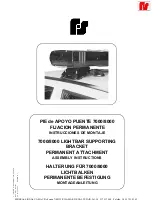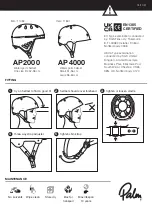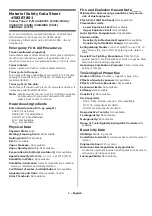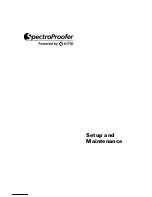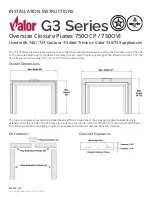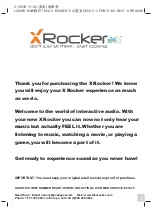
Chapter 1
Introduction
©
National Instruments Corporation
1-5
VXI/VMEpc 600 Series for Windows 95/NT
Files and Directories Installed on Your Hard Drive
Your hard drive includes a directory called
images
in its root that contains
software and soft copies of manuals for the operating system and for the
peripherals. The directory structure under the
images
directory is logically
organized into several levels.
In the
images
directory itself, you will find a
manuals
directory,
an
os
directory, and directories for each of the peripherals of your
computer.
The
manuals
directory contains quick reference guides, technical
reference manuals, and National Instruments software manuals, all in
Adobe Acrobat portable document format (PDF). Use the Acrobat Reader
program, version 3 or later, to open and read these manual files on your
computer, and to print them if desired. To access any of these manuals,
change your directory to
c:\images\Vxx600\manuals
and list the
contents of that directory.
The
os
directory contains a subdirectory corresponding to the operating
system installed on your computer. That subdirectory contains an image of
the CD from which your operating system was installed. As a result you do
not have to insert the CD when you install a new peripheral. When you are
asked to insert the CD, you can simply direct the system to look in the
images\os
directory instead.
For example, if your system has Windows 95 installed, you should find
an image of the Windows 95 CD in
c:\images\os\win95
.
The rest of the directories correspond to each of the peripherals in
your system. Within each of these directories are the drivers for the
peripherals. These files and directories are copied exactly from the
distribution disks of the manufacturers, so the naming conventions
vary from peripheral to peripheral.
Because the naming conventions may not be completely straightforward,
National Instruments provides a text file named
drivers.txt
in the
images
directory. The
drivers.txt
file explains how to install support
for each peripheral. You may want to print this file for reference when you
install your peripheral device drivers.
































